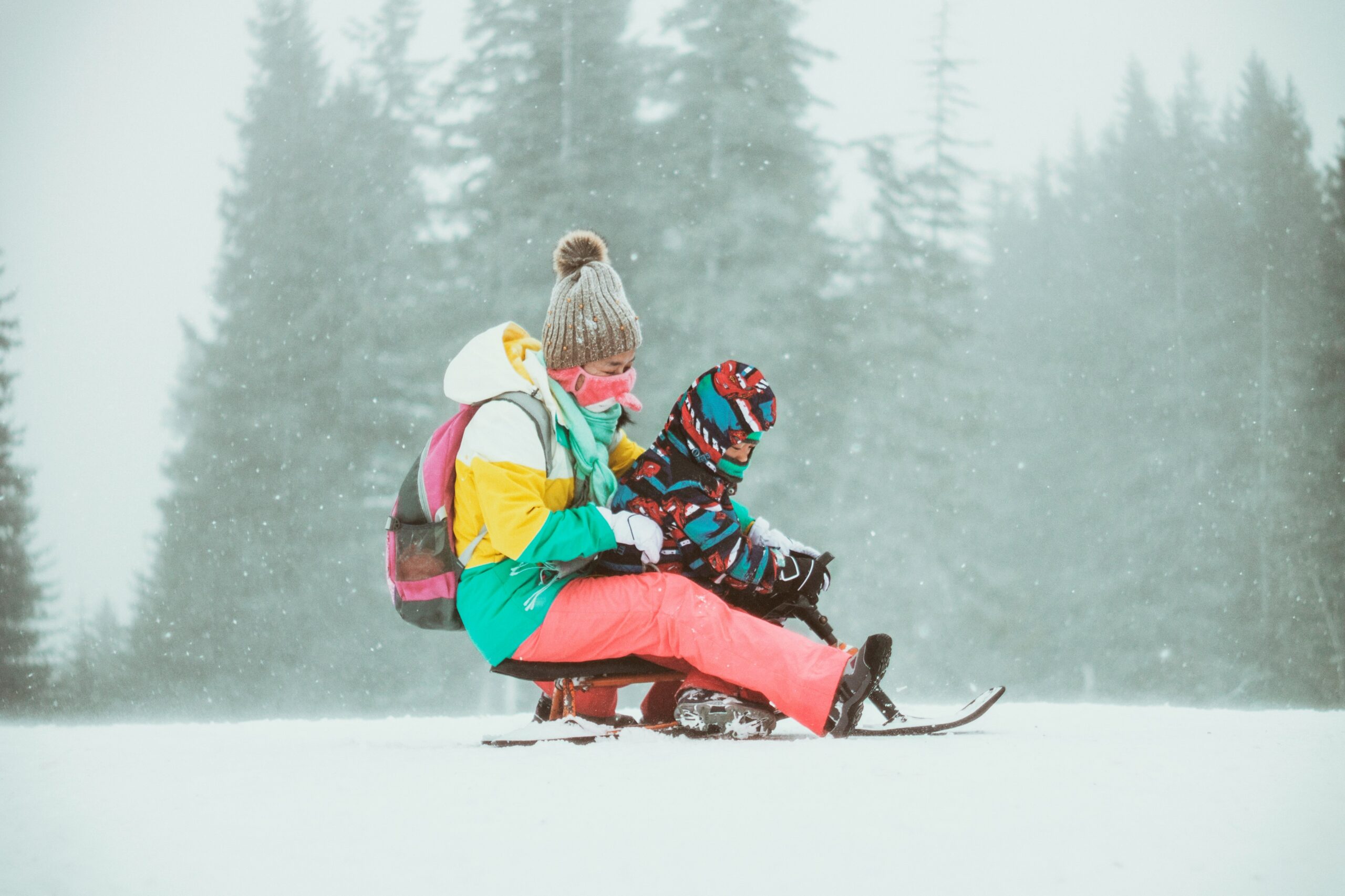
When it comes to snowboarding, selecting the right gear can make a huge difference in both performance and comfort. The weather can change drastically on the slopes, so having equipment that’s adaptable to varying conditions is key. From sunny skies to heavy snowstorms, it’s crucial to pick snowboarding gear that can handle all types of weather. Here are some tips to guide you through the process of choosing gear suitable for all-weather conditions.
Snowboard Selection: Finding the Perfect Match for Versatility
The first step in preparing for unpredictable conditions is selecting a snowboard that can handle various terrain and weather. All-mountain snowboards are often the best choice for riders who want versatility. These boards are designed to perform well in different conditions, from powder snow to packed ice. It’s essential to pick a board that offers a good balance between stiffness and flexibility. A stiffer board is more suitable for carving and high-speed runs, while a softer board is better for maneuverability and handling deeper snow.
In addition to board flexibility, you also want to consider the shape and size of the snowboard. If you frequently ride in mixed conditions, a snowboard with a directional twin or all-mountain shape is recommended. This shape offers stability and control in various terrains, whether you are hitting jumps, carving down groomed trails, or navigating powder. Choosing the right length and width based on your height, weight, and riding style will further ensure maximum comfort and performance.
Boots: Essential for Comfort and Support in Changing Conditions
Snowboard boots are one of the most important pieces of equipment for dealing with all-weather conditions. Proper boots should be supportive, warm, and waterproof to ensure that your feet stay comfortable no matter the conditions. When shopping for boots, you need to focus on two key factors: fit and insulation. A snug fit will help you maintain control of your board, while insulation ensures that your feet stay warm during cold weather.
For all-weather conditions, boots with waterproof features are a must. Make sure the outer layer is made of materials such as leather or synthetic fabrics that prevent water from seeping in. Additionally, it’s important to choose boots with breathable liners to avoid overheating when temperatures rise. While considering insulation, remember that overly thick padding might limit mobility, so balance warmth with flexibility.
Bindings: The Connection Between Your Board and the Snow
Bindings are the crucial link between your boots and the snowboard. When selecting bindings for variable weather, look for those that provide both durability and adjustability. You want bindings that will hold up in both wet and dry snow while also being comfortable enough for longer rides. For all-weather use, bindings with flexible highbacks and responsive straps are ideal. These features provide comfort, support, and maneuverability, allowing you to adapt to different snow conditions with ease.
Adjustability is another key feature. Look for bindings that allow you to fine-tune your stance and fit for a more customized feel. This is especially important if you’re riding in mixed conditions where comfort and performance may vary. The ability to make quick adjustments will help you maintain control and reduce fatigue, ensuring that you stay focused on your ride.
Outerwear: Stay Warm, Dry, and Protected from the Elements
Your outerwear plays a crucial role in protecting you from the elements. When selecting snowboarding jackets and pants, make sure they are made from high-quality, waterproof, and breathable materials. Gore-Tex or similar fabrics are excellent choices for ensuring that rain, snow, and wind stay out while allowing moisture to escape from inside.
In addition to waterproofing, look for outerwear that offers good insulation. Insulated jackets are essential for cold weather, but you may want to consider layering options if you plan to ride in fluctuating temperatures. Layering allows you to adjust your clothing based on the conditions, offering both warmth and breathability when needed. Pay attention to features like vents and adjustable cuffs that help regulate body temperature, as these can be invaluable when conditions change quickly.
Accessories: The Little Things That Make a Big Difference
Don’t overlook the importance of accessories in adapting to all-weather conditions. Goggles, gloves, and helmets are essential for protecting yourself and ensuring that your experience is enjoyable and safe. Look for goggles with interchangeable lenses so you can adapt to different light conditions, such as bright sunlight or overcast skies. Gloves with waterproofing and insulation will keep your hands warm and dry, and a helmet with good ventilation will ensure comfort while offering safety in both cold and warmer conditions.
Additionally, consider using a neck gaiter or balaclava to protect your face from harsh winds and snow. It’s the small things like these that help you stay comfortable and focused on your ride, regardless of what the weather throws at you.
Final Thoughts
Selecting the right snowboarding gear for all-weather conditions is about balance and flexibility. By investing in quality equipment that adapts to various weather conditions, you’ll be able to enjoy your time on the slopes, no matter what nature has in store. Always ensure that your gear is properly fitted, waterproof, and designed for comfort. This way, you can focus on improving your skills and making the most out of every ride. Happy shredding!